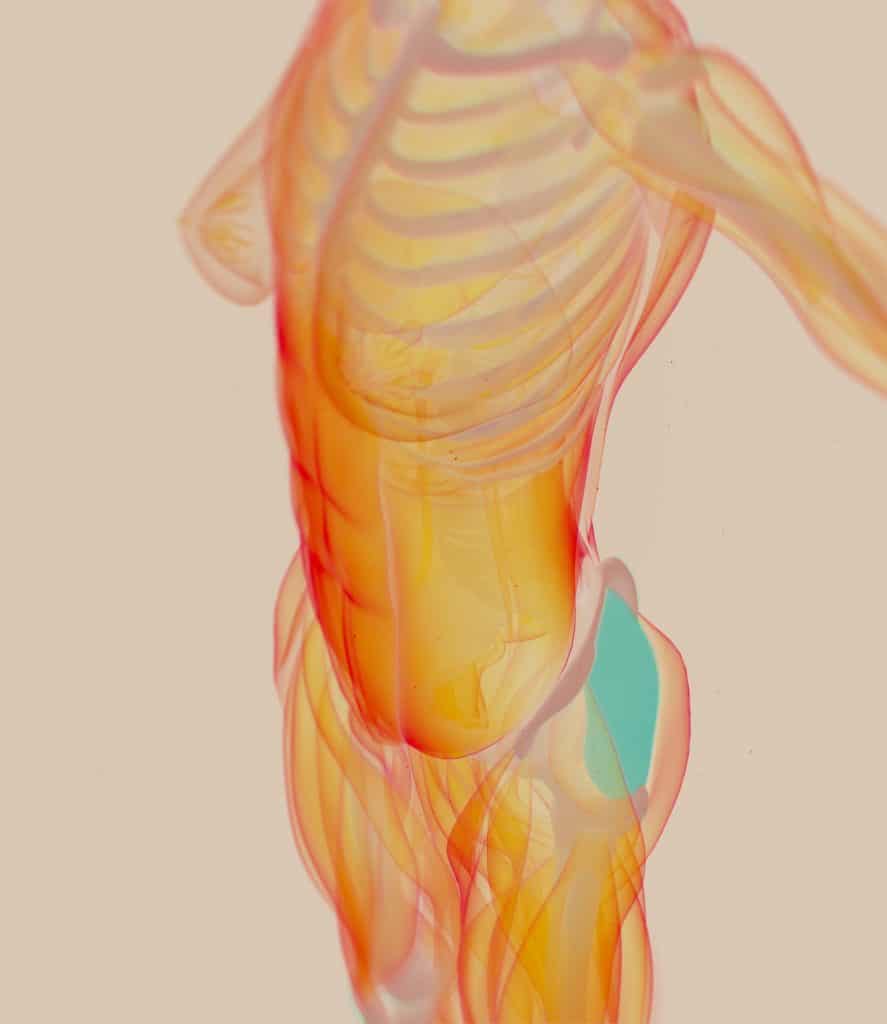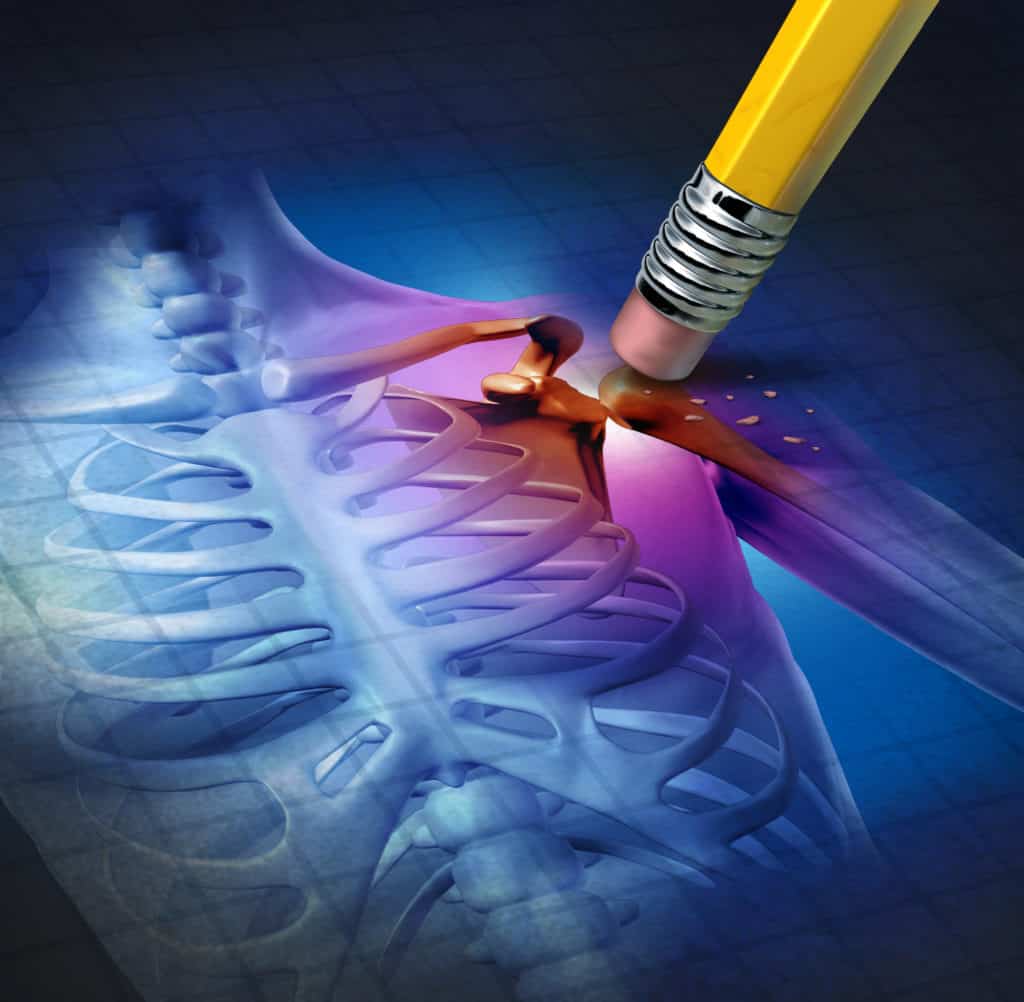
Do you suffer from chronic pain associated with emotional trauma?
According to an article on the chronic pain app, Pathways’ website:
“There are many studies which link chronic pain to trauma. The Institute for Chronic Pain states that up to 90% of women with fibromyalgia and up to 60% of patients with arthritis report trauma at some stage in their lives.
As a point of comparison, people with chronic pain typically have at least double the rate of previous trauma as compared to the general population. The US Department of Veterans Affairs explains that 15% to 35% of patients with chronic pain also have Post Traumatic Stress Disorder (PTSD).”
But how can Myofascial Release Therapy help?
If you’ve read “The Body Keeps The Score” or “Why Don’t Zebras Get Ulcers,” you’ll already understand the mind-body connection and how issues get stuck in our tissues. Otherwise, the idea that myofascial release or any other type of physical or manual therapy can help you process and move through emotional trauma can seem a little alien.
Western medicine led us to believe that our thoughts, feelings, emotions, and mental health were separate from our physical bodies for a long time. But even old school “science” is now coming around to the idea and admitting that they were wrong. Previous theories about the mind and body as separate entities simply aren’t true.
I mean, how could they be?
You’ve felt butterflies in your stomach, haven’t you?
Or had an overwhelming “gut feeling” about someone or something?
But even if you are familiar with the idea – that trauma can manifest physically – you’re probably still wondering how myofascial release therapy, specifically, can help you deal with your longstanding and deeply painful emotional trauma.
What Is Myofascial Release Therapy?

Myofascial Release Therapy is the release of restricted “fascia,” which has become stuck and dehydrated.
When the fascia – or connective tissues in your body – get restricted, it leads to exhaustion, inflammation, chronic pain, and improper functioning of the immune system. But what many people don’t realize is that fascia restriction can happen in response to emotional trauma as well as physical injury or illness.
Understanding The Fascia

We don’t talk about fascia in our daily lives, so it remains a little mysterious. But to get a feel for what it is and looks like – think of a network of membranes that differ in thickness—covering and separating every organ, from bones to muscles and every other cell.
It’s a live protective sheath working hard to protect you from bacterial and viral invaders and sending sensory messages back and forth to your brain. It is mostly collagen and lubricated with 70% water – with the fascia acting a bit like a sponge. It is three-dimensional, completely continuous throughout the body and is the fundamental connective tissue that builds and joins together muscle fibers, ligaments, tendons, blood vessels, organs, capillaries, and lymph vessels.
In addition, it plays a critical role in the central nervous system through the dural tube that encases the brain and spinal cord and the meninges – these membrane layers of fascia contain and protect your entire central nervous system.
It is incredibly strong and resilient – able to withstand a pressure of up to 2000 lbs per square inch. In a healthy body, it is stretchable with no restriction. But when things go wrong – anywhere in the body – it can affect the entire fascial network. Fascia binds every muscle fiber, with both fascia and muscle fibers functionally interlinked. Therefore, any imbalance or injury to the muscles will result in the fascia tightening and dehydrating. And restrictions in the fascia can result in muscle imbalances.
It is these restrictions that cause pain.
Going deeper, the complete circulatory system, as well as the nervous system, is surrounded, supported, and penetrated by a web of fascia. If there is any restriction in the fascia, it squeezes those parts affecting circulation and movement, heart rate, and respiration.
But any restriction in the fascia, anywhere in the body, can manifest in various sorts of pain. First, an injury causes the surrounding fascia to harden. Consequently, the area around the fascia does not move freely, and pain and swelling increase.
Over time the restriction in the fascia can spread to other areas of the body. When myofascial restrictions turn into pain, the pain is sharp, throbbing, deep, and constant, but finding the exact source or root cause can be very difficult.
In the case of physical problems, Myofascial Release Therapy can help with various medical conditions and injuries. These include sports-related injuries, strain injuries, neck and back pain, and muscular injuries.
The therapy is also beneficial in releasing connective tissue that causes dysfunctions in the immune system like IBS, Fibromyalgia, CFS, and other conditions. In addition, it is an ideal therapy for relieving fatigue and severe pain in the following conditions:
- Chronic lower back and neck pain
- Migraines and headaches
- TMJ and jaw issues
- Sports injuries
- Sprained muscles and ligament tears
- Fibromyalgia
- Chronic fatigue syndrome
- Whiplash and other kinds of trauma
- Myofascial related medical conditions and chronic pain syndromes
- Heel spurs, plantar fasciitis
- Muscular tension brought on by stress
What Does Fascia Have To Do With Emotional Trauma?

Fascia can harden and become dehydrated also as a result of emotional trauma and the body’s response to extreme stress. This dehydration, tightening, and hardening decreases the space between the fibers and increases friction and irritation inside the fascia. As a result, fibers shorten, thicken, and constrict, putting pressure on the adjoining areas.
This resulting pressure then compresses nerves and capillaries. Which in turn leads to discomfort, pain, and reduced blood flow in the area, affecting the immune system and reducing your resilience even further. But Myofascial Release Therapy can stop this stress-related cascade in its tracks. It rehydrates the fascia, restoring elasticity, and widening the space between the fibers to improve circulation and help blood and oxygen flow smoothly around the body again.
Myofascial Release Therapy: Techniques to release “issues in the tissues.”

When the source of your pain is emotional trauma, which makes everything tighten up, Myofascial Release, in conjunction with talking therapies (if required), helps you move past the trauma by providing a powerful signal to your body that you’re “safe.” To do this, we use a combination of methods to remove the restrictions, improve hydration, elasticity, and boost circulation.
These methods include various kinds of structural techniques using gentle, sustained pressure as well as myofascial “unwinding” to move your mind and body from a “frozen” fearful state to feeling calm and confident.
All treatment sessions are unique to you and your specific set of symptoms but will likely include:
True Myofascial Release: Most think Trigger Point Therapy and foam rolling is the entirety of good myofascial release. But they are missing a much deeper and more effective resolution if that’s all they do. True myofascial release addresses the entirety of the fascial system by gently engaging with restrictions in such a way that your body does not have to protect itself. We then “nudge into” or “lengthen at” the barrier of resistance surrounding a restriction in the fascial “web.” Over time, as we maintain a steady, aware pressure, the restriction will begin to melt, rehydrate, and become mobile again. This is vastly different from the typical bodywork approach and experience of rubbing, stretching, and pinning. We are able to reach deeply into your body through the fascial web, even where fingers and tools will never reach on their own.
Myofascial unwinding: During the process of myofascial unwinding, there is frequently a subconscious movement as the constricted tissues and muscles begin to release. We help and assist this movement by providing support and aiding your body into positions where release happens. For your body to completely let go of the trauma and emotion of an event, it needs to move in a specific way. In cases where restrictions to the fascia are due to repetitive strain, emotional or physical trauma, the body assumes the significant positions and movements from when the event or events occurred. It is when your body accesses these positions in space that myofascial unwinding can result in specific memories or emotions resurfacing. Western medicine and standard protocols will never address this component. Talk therapy will also never access this deeper layer of your mind. This explains why so many therapeutic approaches are well intentioned, but often leave you only better at coping and compensating for something that never quite resolves.
How Myofascial Release Therapy Helps You Recover From Emotional Trauma

When you have been affected by emotional trauma, the wounds are deep. For the mind and body to truly heal and recover – and turn off the stress response, we need to follow a highly individualized approach.
In trauma cases due to prolonged stress, physiological changes can include constant hyper-alertness, sleep disturbances, heart palpitations, fatigue, panic attacks, and many other uncomfortable symptoms. For the autonomic nervous system to regulate itself, we use various myofascial release approaches. These approaches remove stress from your body and allow it to return to its regular activity and behavior as you finally feel at peace again.
To book a free consultation to find out more about how we can help you recover from emotional trauma, please complete the form below, and we’ll be in touch. And, remember, emotional trauma is nothing to be ashamed or embarrassed about – especially when seeking help.

